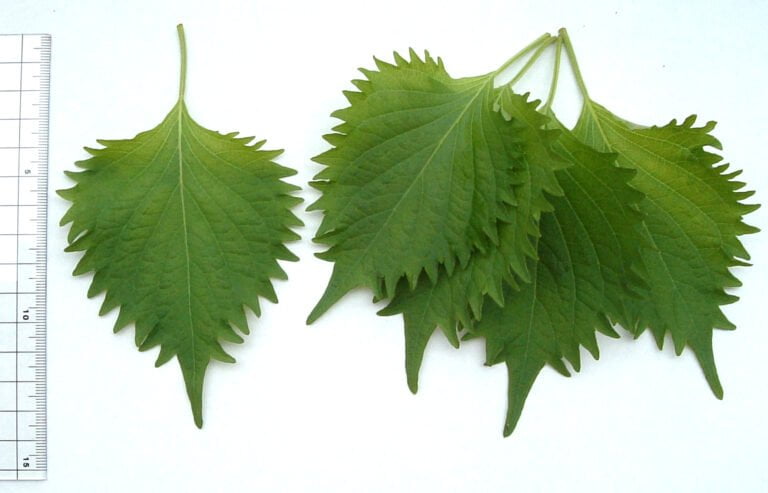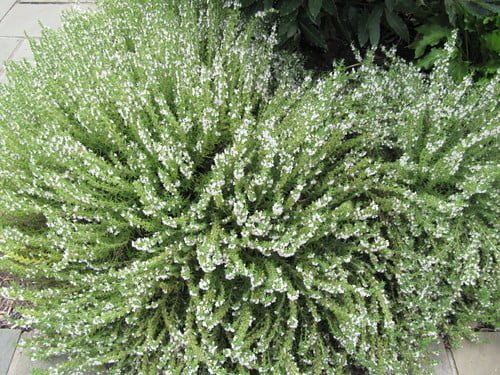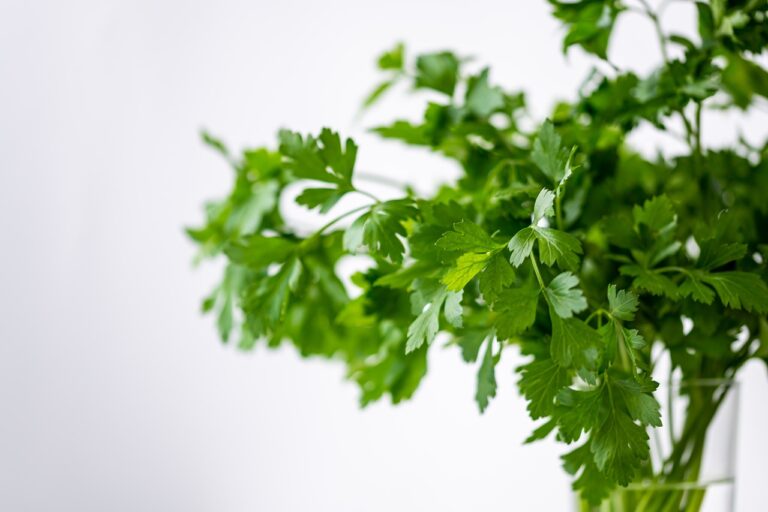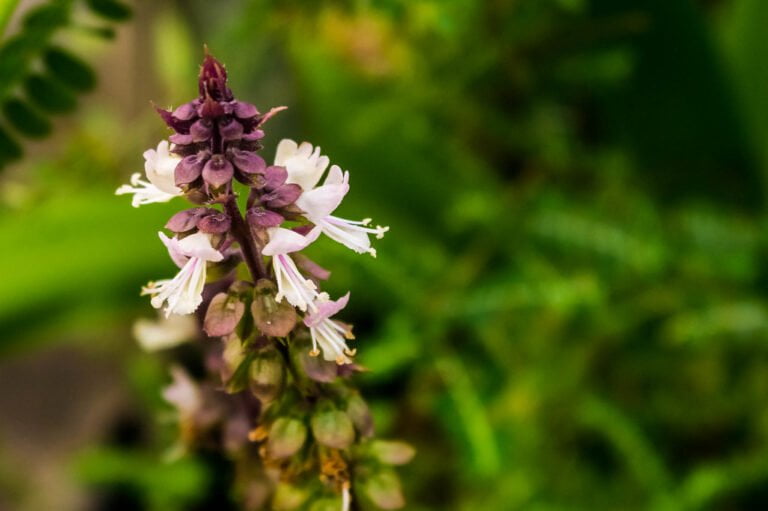Sorrel
Are you looking to add a unique and tangy flavor to your culinary creations? Look no further than sorrel! This versatile herb, with its vibrant green leaves and tart taste, is sure to elevate your dishes to the next level. From soups and salads to sauces and teas, sorrel adds a refreshing and zesty kick. Not only does it tantalize your taste buds, but it also boasts numerous medicinal properties. So why wait? Let sorrel be your secret ingredient in creating delicious and healthful meals.
Botanical Information
To understand the botanical information of sorrel, examine its various characteristics and properties. Sorrel is more than just a herb used in cooking; it also has a range of uses in skincare. Its high vitamin C content makes it a natural choice for brightening and rejuvenating the skin, helping to reduce the appearance of dark spots and fine lines. Sorrel's historical symbolism adds to its allure. In ancient times, it was associated with love and passion, often used in love potions and spells. Its vibrant red color symbolized desire and intensity. Today, sorrel continues to be valued for its beauty-enhancing properties and its ability to evoke feelings of romance and allure. Incorporating sorrel into your skincare routine can bring a touch of history and luxury to your self-care rituals.
Key Characteristics
One key characteristic of sorrel is its vibrant red color, which is indicative of its intensity and desire. This striking hue makes sorrel a visually appealing ingredient that adds a pop of color to any dish. But sorrel's appeal goes beyond its appearance. Its culinary benefits and nutritional value make it a valuable addition to your kitchen. Sorrel is known for its tangy and lemony flavor, which adds a refreshing and bright taste to salads, soups, and sauces. Additionally, sorrel is packed with vitamins A and C, as well as iron and potassium. These nutrients contribute to a healthy immune system, strong bones, and overall well-being. By incorporating sorrel into your meals, you can both delight your taste buds and nourish your body.
Culinary Uses
You can incorporate sorrel into your meals in a variety of ways to enhance the flavor and add a tangy twist. Sorrel is a versatile herb that can be used in various cooking recipes, adding a unique and refreshing taste to your dishes. One popular way to use sorrel is in soups, such as the traditional French dish, Sorrel Soup. This soup combines sorrel with other ingredients like potatoes, onions, and cream to create a creamy and tangy flavor profile. Another way to incorporate sorrel is in salads, where its lemony taste can elevate the overall taste of the dish. You can also use sorrel as a garnish for fish or poultry dishes, adding a bright and zesty touch. Get creative with sorrel and experiment with different traditional dishes to discover new and exciting flavors.
Medicinal Properties
The medicinal properties of sorrel can provide numerous health benefits when incorporated into your diet. Research studies have shown that sorrel contains high levels of antioxidants, such as flavonoids and phenolic acids, which can help protect your body against oxidative stress and reduce the risk of chronic diseases. These antioxidants also have anti-inflammatory properties, which can alleviate symptoms of inflammatory conditions like arthritis. Additionally, sorrel has been used in traditional remedies to treat digestive issues, such as indigestion, bloating, and constipation. Its natural laxative effect can help regulate bowel movements and promote a healthy digestive system. Sorrel is also believed to have diuretic properties, which can aid in flushing out toxins from your body. Incorporating sorrel into your diet, whether in salads, soups, or smoothies, can be a simple and effective way to reap its medicinal benefits.
Cultivation and Growing Conditions
To cultivate and grow sorrel successfully, it is important to ensure optimal growing conditions. Sorrel thrives in well-drained soil with a pH level between 6.0 and 7.0. It prefers loamy or sandy soil that is rich in organic matter. Before planting, amend the soil with compost or well-rotted manure to improve its fertility. Ensure that the soil is slightly moist, but not waterlogged. Overwatering can lead to root rot, so it is crucial to water sorrel sparingly. Water deeply once a week or whenever the top inch of soil feels dry. Mulching around the plants can help retain moisture and suppress weeds. Regularly monitor the soil moisture levels and adjust watering techniques accordingly. By providing the right soil requirements and implementing proper watering techniques, you can ensure healthy growth and abundant harvest of sorrel.
Propagation
To propagate sorrel, start by harvesting seeds from mature plants. Sorrel seeds are small and usually need to be sown in early spring or fall. You can sow the seeds directly into well-prepared soil, or you can start them indoors and then transplant them outside. If you choose to start them indoors, make sure to use a seed tray or pots filled with a good quality potting mix. Sow the seeds about ¼ inch deep and keep the soil consistently moist until germination occurs, which usually takes about one to two weeks. Once the seedlings are about 2 inches tall, you can transplant them into individual pots or directly into the garden. Remember to provide them with regular watering and well-drained soil for optimal growth. With these simple methods and tips, you'll be able to propagate sorrel successfully and enjoy its tangy flavor in your dishes.
Planting and Care
Start by selecting a sunny location for planting and caring for your sorrel plants. Sorrel thrives in full sun, so find a spot in your garden that receives at least six hours of direct sunlight each day. Before planting, ensure that the soil is well-drained and rich in organic matter. Sorrel prefers slightly acidic soil with a pH of 6.0 to 6.5. Prepare the soil by removing any weeds and loosening it with a garden fork. Incorporate compost or well-rotted manure to improve fertility and drainage. When it comes to watering, sorrel plants require regular moisture, but be careful not to overwater. Water deeply once a week, allowing the soil to dry out between waterings. Avoid wetting the leaves to prevent disease. By following these simple planting and watering techniques, you can ensure the health and productivity of your sorrel plants.
Harvesting
Once your sorrel plants have reached maturity, you can begin harvesting the leaves and stems. Harvesting sorrel is a simple and rewarding process that allows you to enjoy its tangy flavor in various dishes. To harvest the leaves, gently pluck them from the plant, starting from the outermost ones and working your way inward. Be careful not to damage the stem or surrounding leaves. If you prefer to harvest the stems, cut them close to the base of the plant using a sharp knife or scissors. After harvesting, it is important to preserve the freshness of your sorrel. One effective preserving method is to store the leaves and stems in a plastic bag with a damp paper towel to maintain moisture. Alternatively, you can freeze sorrel leaves by blanching them briefly in boiling water, followed by a quick ice bath, and then storing in airtight containers. These harvesting techniques and preserving methods will ensure that you have a steady supply of sorrel for your culinary creations. Enjoy!
Companion Planting
Plant sorrel alongside compatible herbs and vegetables to maximize growth and enhance the health of your garden. Companion planting, also known as intercropping, is a technique that involves growing different plants together to benefit each other. When it comes to sorrel, it can be paired with various plants that promote soil fertility and mutual growth. For instance, planting sorrel alongside nitrogen-fixing plants like legumes, such as beans or peas, can improve the overall nutrient content of the soil. Additionally, herbs like basil and thyme can act as natural insect repellents, protecting your sorrel from pests. By carefully selecting companion plants, you can create a harmonious garden environment that not only increases sorrel's productivity but also reduces the need for pesticides and fertilizers.
Pests and Diseases
To effectively protect your sorrel plants from pests and diseases, you should be proactive in implementing preventative measures. One of the best approaches is to embrace integrated pest management (IPM), which focuses on long-term prevention rather than relying solely on pesticides. IPM involves a combination of cultural, mechanical, and biological control methods. Start by keeping your sorrel plants healthy and strong through proper watering, fertilization, and regular pruning. Remove any weeds or debris that may harbor pests or diseases. Encourage beneficial insects like ladybugs and lacewings, which naturally prey on pests, by planting flowers nearby. If pests become a problem, try using natural remedies like neem oil or insecticidal soap. By practicing IPM and being proactive, you can ensure the health and vitality of your sorrel plants while minimizing the use of harmful chemicals.
Cultural Significance
You can appreciate the cultural significance of sorrel through its rich history and traditional uses. In many cultures, sorrel has been used in folklore and rituals for centuries. It is believed to bring luck, protection, and even love. In some traditions, sorrel is used in healing ceremonies and as a symbol of fertility. Its vibrant red color and tangy flavor make it a popular ingredient in traditional dishes and beverages. But sorrel's cultural significance goes beyond folklore and rituals. It also has a significant impact on local economies and industries. In some regions, sorrel cultivation and harvest provide employment opportunities and contribute to the local economy. Additionally, the demand for sorrel products, such as sorrel tea and sorrel-infused spirits, has created a thriving industry that supports farmers, producers, and retailers. So next time you enjoy a glass of sorrel tea or taste a dish made with sorrel, remember the cultural significance and the positive impact it has on communities and industries.
Frequently Asked Questions
Are There Any Toxic or Harmful Effects of Consuming Sorrel?
Toxicity concerns and potential side effects should always be considered when consuming any food or drink. It's important to be aware of the possible risks to your health and make informed choices.
Can Sorrel Be Used in Desserts or Sweet Dishes?
Yes, sorrel can be used in desserts or sweet dishes. You can find sorrel in traditional desserts and also get creative with sorrel-infused sweets. It adds a unique and tangy flavor that complements the sweetness.
How Long Does It Take for Sorrel to Grow From Seed to Harvest?
It typically takes about 6-8 weeks for sorrel to grow from seed to harvest. To ensure optimal growth, provide it with well-draining soil, plenty of sunlight, and regular watering.
Can Sorrel Be Grown Indoors or in Containers?
Growing sorrel indoors or in containers has many benefits. It allows you to have fresh herbs year-round, saves space, and is convenient for those with limited outdoor areas. Plus, you can easily control the growing conditions for optimal results.
Are There Any Alternative Uses for Sorrel Besides Culinary and Medicinal Purposes?
There are alternative uses for sorrel besides culinary and medicinal purposes. It can be used in crafts, such as making natural dyes. Get creative and explore the versatile possibilities of this herb!
Conclusion
In conclusion, sorrel is a versatile herb that offers both culinary and medicinal benefits. With its tangy flavor and vibrant green leaves, sorrel adds a refreshing touch to salads, soups, and sauces. It is also known for its potential health benefits, including its high vitamin C content and its ability to aid digestion. Easy to grow and harvest, sorrel can be a valuable addition to any garden or kitchen.





